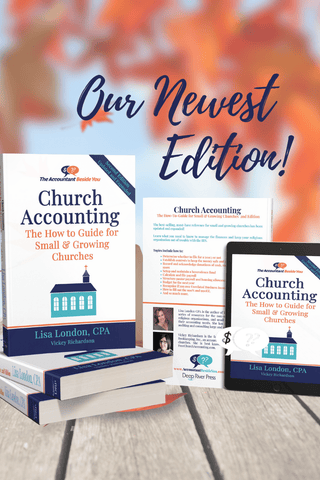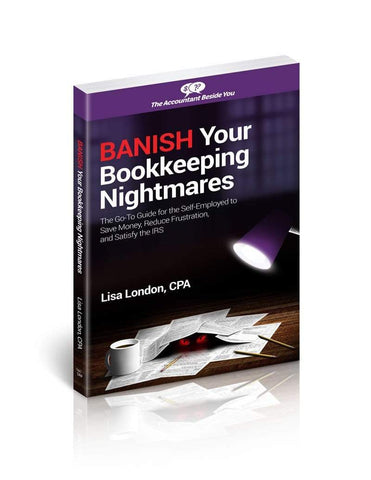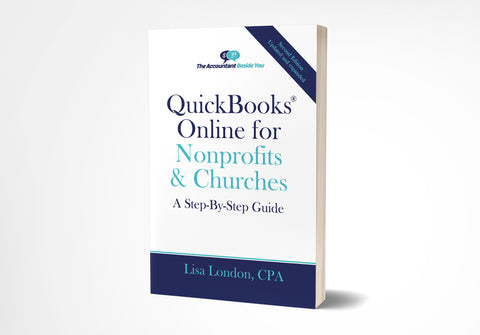Tips to Get your Nonprofit Financials Ready for an Audit
For many nonprofits, it is time to close the books for the year and humor the auditors. Don't you hate adjusting those entries for things you knew you should have caught before the auditors arrived. One of the easiest ways to catch these items is to print out your Statement of Financial Position (Balance Sheet) and look at the support for each of the items on it.
For each cash account, look at the bank reconciliation and tie it to the balance on the Balance Sheet. While you have them out, take the time to look for checks that haven't cleared in months. Do you need to make some calls and reissue the checks? And don't forget to reconcile your petty cash and/or gift cards.
Investment account statements should be compared to the balance sheet. If the ending balance does not match, you probably need to record interest earned and any investment income or loss.
Print an aging schedule for each of your receivable accounts. Any old receivables should be reviewed to see if follow up is needed or if they should be written off. Also think about any recent grants awarded for which you have not received the money. Are they reflected as a receivable as required by accounting principles?
Do you carry any inventory? Books or tee-shirts? Now is the time to do a physical inventory and see the number of items you actually have ties to the value on your balance sheet.
Prepaid expenses often need to be investigated. Tie the balance of prepaid postage to the postage meter. Did part of the insurance bill get coded to prepaid last year? Is it time to record the expense? Look at anything in the prepaid accounts and determine if they should stay on the balance sheet or be moved to the statement of activities (income statement).
Do you have a list of furniture and equipment? Does it match the value on your balance sheet? Even if your accountant records depreciation for you, it is a good idea to walk around and see if the assets are still here. Notate any that have been lost or sold. Add any new computers or other assets that are not on the list (if they are above your capitalization level). If the total dollars on your list do not equal your balance sheet account, some items may have been recorded to the expenses.
Print out the accounts payable aging. Are bills incurred in the last fiscal year missing? If so, you may need to record those charges. Are your credit cards current? If you have charges since the last statement, you may need to accrue these in an accrued liability account.
Payroll tax liabilities should tie to your payroll reports. Any other accrued liabilities should be documented.
After making any corrections/adjustments, reprint your balance sheet and place all of the documentation you have compiled behind it. If you put it in the order they are listed on the balance sheet, your auditor will be impressed with your organization. Who knows, maybe the audit will be so clean you can negotiate a lower rate next year!
And, if you are using QuickBooks, look for QuickBooks for Nonprofits and Churches by Lisa London at www.accountantbesideyou.com to help with your nonprofit accounting.




